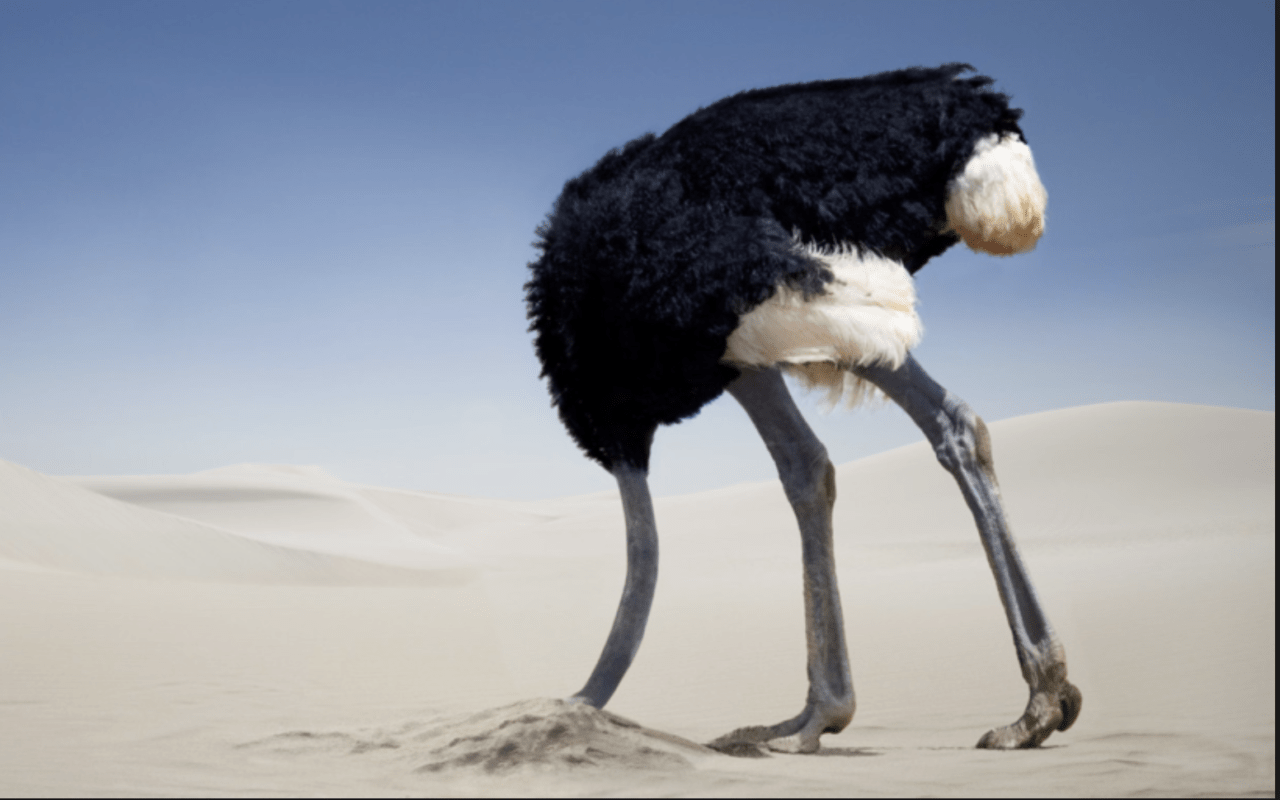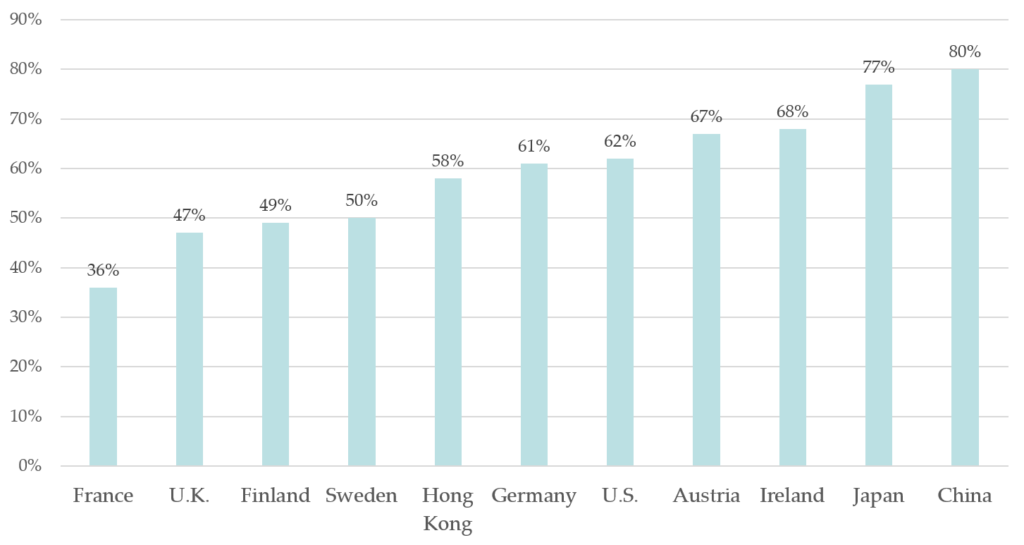One of the greatest assets we can build in our lives is an action orientation. No great things are possible without action. Are you action-oriented?
Dreams and visions are good, but worthless without action. Plans may impress, but they lose all value if not acted upon. Opportunities fade if we don’t seize them soon enough.
If we want a good life with good work, we must get good at taking action—and putting ourselves in a position to be able to do so. Too often, we hesitate. We wait too long before acting, as we try to line things up perfectly. A costly mistake.
“Action is the foundational key to all success.”
-Pablo Picasso
The Incredible Benefits of Being Action-Oriented
There are many benefits of being action-oriented, and their effects accumulate and compound over time. Here are 14 of the top benefits:
1. Being action-oriented builds our confidence.
When we’re out in the world making things happen, we naturally begin to trust ourselves more. We develop self-assurance, which becomes increasingly valuable for future scenarios.
“Inaction breeds doubt and fear. Action breeds confidence and courage.
If you want to conquer fear, do not sit home and think about it. Go out and get busy.”
-Dale Carnegie
2. It helps develop our courage.
The process of taking action and dealing with the consequences shows us that we can overcome fear and survive challenges, often becoming stronger in the process. Courage is one of the most important qualities we can develop, because most great things in life are impossible without it.
“Often the difference between a successful man and a failure is not one’s better abilities or ideas, but the courage that one has to bet on his ideas, to take a calculated risk—and to act.”
-Maxwell Maltz, surgeon and author
3. Being action-oriented helps us avoid the cost of regret for not trying.
Most people have regrets. Some of the most common ones are about the things we wished we had tried: the new ventures we dreamed of starting, the new relationships we wished we pursued, the places we longed to visit.
“The price of inaction is far greater than the cost of making a mistake.”
-Meister Eckhart, German mystic
4. It comes with a learning premium.
We develop knowledge and insights from trying things and seeing how they go. Learning is one of the best investments we can make. It pays rich dividends.
5. Being action-oriented changes our self-identity.
Suddenly, we think of ourselves as doers. As people with power, potential, and agency. We become the kind of people who act when others are watching or waiting.

Personal Values Exercise
Complete this exercise to identify your personal values. It will help you develop self-awareness, including clarity about what’s most important to you in life and work, and serve as a safe harbor for you to return to when things are tough.
6. We learn about ourselves when we take action.
It reveals our character and our tendencies. Our doubts and fears. It gives us a glimpse of our resourcefulness and persistence—and the things we need to work on to get better.
“Self-knowledge is best learned, not by contemplation, but by action.
Strive to do your duty and you will soon discover of what stuff you are made.”
–Johann Wolfgang von Goethe, German poet, scientist, and statesman
7. Being action-oriented expands our sense of possibility.
Entrepreneur Steve Jobs spoke about this in an interview—about how everything changed for him when he learned to stop accepting life as it is and start poking and pushing it instead (and, in his case, start building things). When he realized that things around him were made by people who weren’t smarter than he was, he felt excited about improving his life and putting a “dent in the universe.”
8. Being action-oriented builds momentum.
Things start to click, almost moving of their own accord once we’ve done the heaviest lift of beginning. Things pick up speed and start bouncing around. The game is afoot.
“The path to success is to take massive, determined action.”
–Tony Robbins, author
9. It positions us as a doer and leader—and people respond to that.
The best leaders and entrepreneurs are doers, with a strong bias toward action. People respect us for trying, for starting, for daring. They respect us for getting things done—and for being the kind of person to jump into the fray. It inspires them to start doing so as well.
“The world has the habit of making room for the man whose actions show that he knows where he is going.”
-Napoleon Hill, author
10. Being action-oriented yields better results over time and increases our probability of success.
We get better results in part because we get more attempts. (There’s simple math at work here.) Also, we learn what works and what doesn’t, and we develop experience, confidence, and resilience.
“You miss 100 percent of the shots you never take.”
-Wayne Gretzky, legendary hockey player
11. Being action-oriented invites serendipity.
When we take action, we start making unintended or unexpected but fortunate discoveries.
When we’re taking purposeful action and following our bliss, as Joseph Campbell advises, we start meeting people who can help us, and doors open for us, almost like magic.
12. It’s more fun to be in the game than on the sidelines.
Do we want to watch others play, or be the ones in the maelstrom facing challenges and having a chance to prevail?
13. Being action-oriented gives us more chances at breakthroughs.
Windows of opportunity are only open for so long. Without taking action consistently, even when we don’t feel fully ready, we’re prone to missing big chances, including opportunities for breakthroughs.
14. Since there’s no such thing as a perfect time or “the right time,” we might as well get started.
What’s the point in waiting? Where does that get us? How many times will we sit and watch opportunities pass us by?
“Do not wait; the time will never be ‘just right.’ Start where you stand, and work with whatever tools you may have at your command, and better tools will be found as you go along.”
-Napoleon Hill

Take the Traps Test
We all fall into traps in life. Sometimes we’re not even aware of it, and we can’t get out of traps we don’t know we’re in. Evaluate yourself with our Traps Test.
What It Takes to Be Action-Oriented
Clearly, there are many powerful benefits to being action-oriented. It changes our trajectory and prospects.
But it’s not easy. It requires at least five big things from us:
1. Being action-oriented requires motivation.
We must summon our drive to achieve, and our desire for a better future. We must get off the couch and get to work.
2. It requires courage.
It requires a willingness to act in spite of our fears. A willingness to go for it, despite the risks.
3. Being action-oriented requires a willingness to pounce when opportunities arise.
We must be willing to strike, even when the picture isn’t fully clear. This requires tapping into our warrior spirit.
“All of us, whether or not we are warriors, have a cubic centimeter of chance that pops out in front of our eyes from time to time. The difference between an average man and a warrior is that the warrior is aware of this, and one of his tasks is to be alert, deliberately waiting, so that when his cubic centimeter pops out he has the necessary speed, the prowess, to pick it up.”
-Carlos Castaneda in Journey to Ixtlan
4. It helps to have a growth mindset.
A growth mindset is a belief that our intelligence, abilities, and talents can be developed. By contrast, if we have a fixed mindset, we’ll be preoccupied with the prospect of looking bad or being wrong, without realizing that it doesn’t matter as much as we may think because we can always learn and develop.
5. It helps to be clear about what we want and where we’re heading.
Action is must better when it’s pulled from a powerful vision of success, a motivating dream of a desired future, as opposed to being pushed from a troubled situation we seek to flee.
Warrior and Sage
Of course, being action-oriented isn’t the only thing we need to succeed. We need discernment and insight. Experience and wisdom.
We’re better off when we iterate between action and reflection, when we flex between being warrior and sage. We’re better off when we take action, then learn and adjust. But too often, people get stuck in thought and doubt when what they really should be doing is getting started.

Quality of Life Assessment
Evaluate your quality of life in ten key areas by taking our assessment. Discover your strongest areas, and the areas that need work, then act accordingly.
Reflection Questions
- Are you taking enough action in your life and work?
- Or are you stymied by fear, perfectionist tendencies, or analysis paralysis?
- If so, what will you do about it?
What are you waiting for?
Tools for You
- Traps Test (Common Traps of Living) to help you identify what’s getting in the way of your happiness and quality of life
- Quality of Life Assessment so you can discover your strongest areas and the areas that need work, then act accordingly.
- Personal Values Exercise to help you clarify what’s most important to you
Postscript: Quotations on Being Action-Oriented
- “Those who say it cannot be done should not interrupt the people doing it.” -Chinese proverb
- “Successful people start before they’re ready.” -James Clear, author
- “Do not wait till the iron is hot; but make it hot by striking.” -William B. Sprague
- “I think the number one advice I can give is: you just have to start it. Just get your feet in the water and do it. I learned a lot from just trying it out.” -Yoshikazu Tanaka, Japanese entrepreneur
- “I said to myself, You know what? This is the wrong time to do it, but there is never a perfect time. We have the right idea, and I’ve got to try.” -Seth Goldman, social entrepreneur, when thinking about launching Honest Tea
- “An ounce of action can crush a ton of fear.” -Tim Fargo
- “Inaction regrets increase as people age.” -Dan Pink, The Power of Regret

Gregg Vanourek’s Newsletter
Join our community. Sign up now and get Gregg Vanourek’s monthly inspirations (new articles, opportunities, and resources). Welcome!
+++++++++++++++++
Gregg Vanourek is a writer, teacher, TEDx speaker, and coach on leadership and personal development. He is co-author of three books, including LIFE Entrepreneurs: Ordinary People Creating Extraordinary Lives (a manifesto for integrating our life and work with purpose, passion, and contribution) and Triple Crown Leadership: Building Excellent, Ethical, and Enduring Organizations (a winner of the International Book Awards). Check out his Best Articles or get his monthly newsletter. If you found value in this article, please forward it to a friend. Every little bit helps!




















